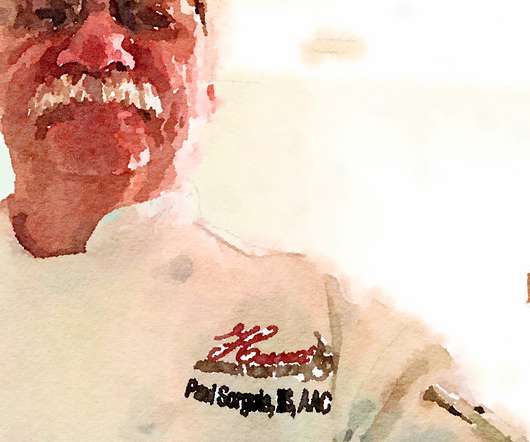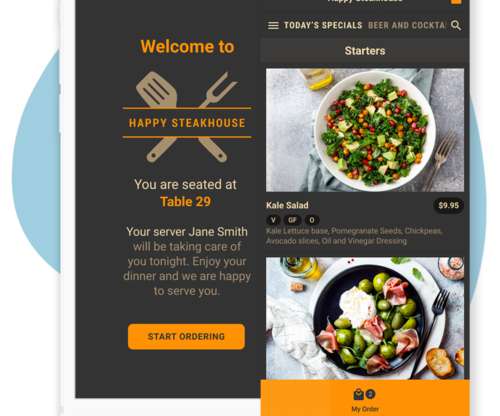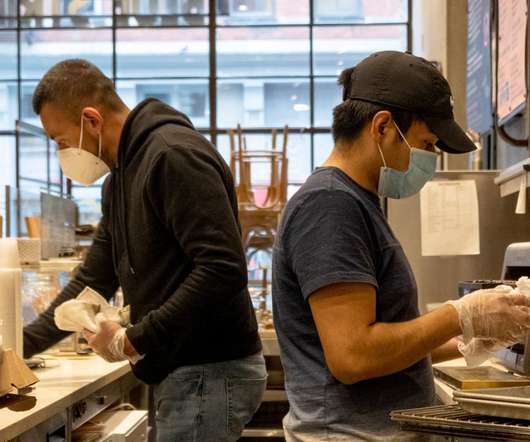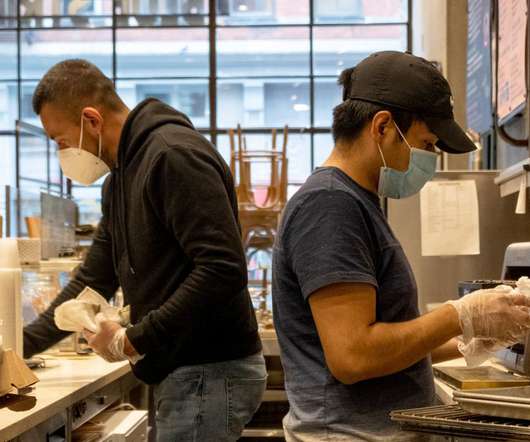OUR DAILY BREATH: POST COVID KITCHENS – GET READY
Culinary Cues
APRIL 13, 2020
Along with giving serious thought to how restaurant concepts, menus, and methods of delivery will need to change – we must prepare for the regulations to come. Here are some of the likely changes (I don’t have a crystal ball- but I would be willing to bet that these will come to fruition): [] VENDORS AND DELIVERIES.















Let's personalize your content